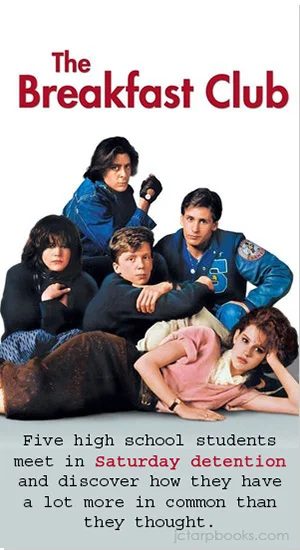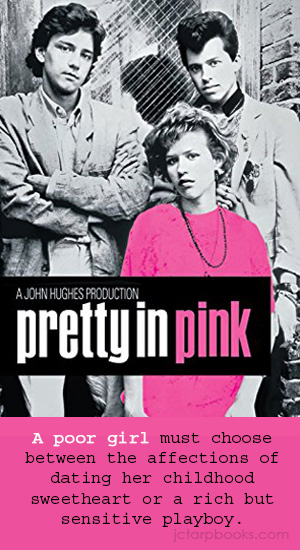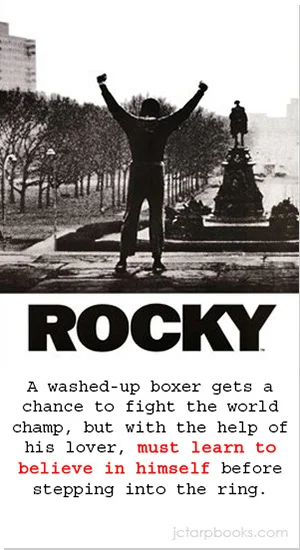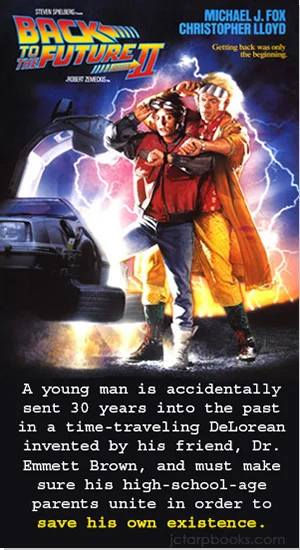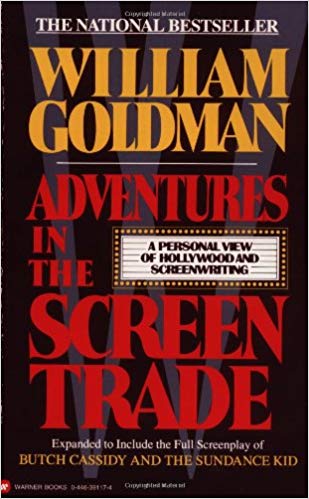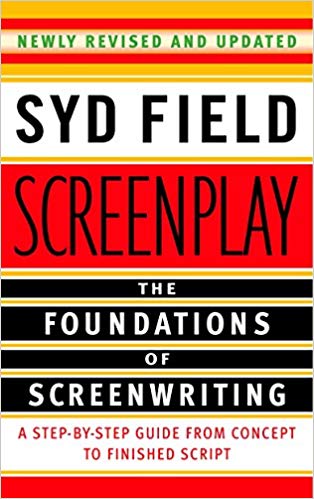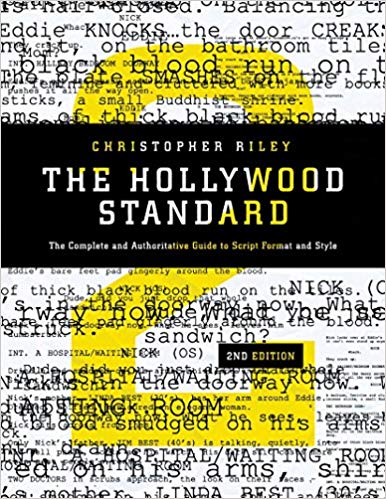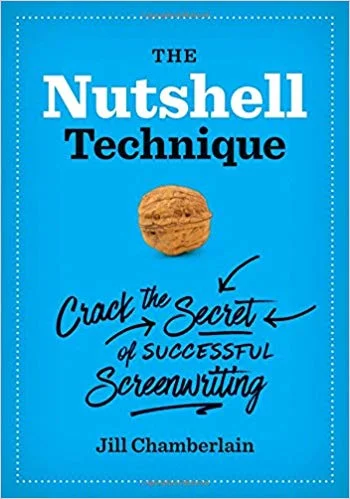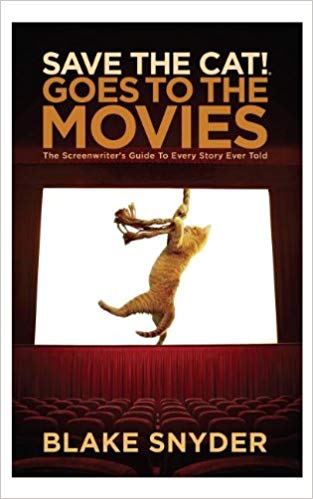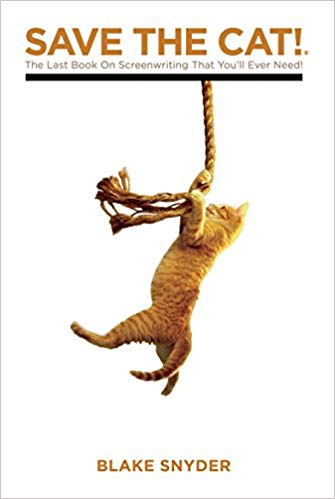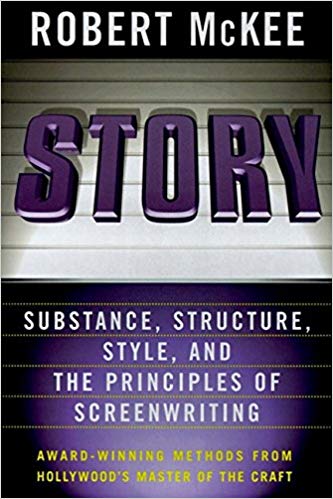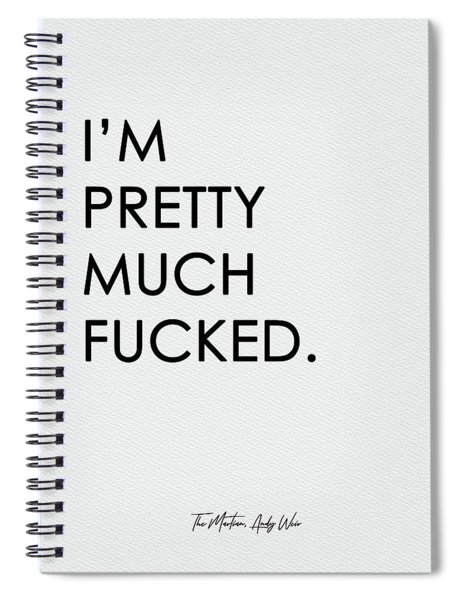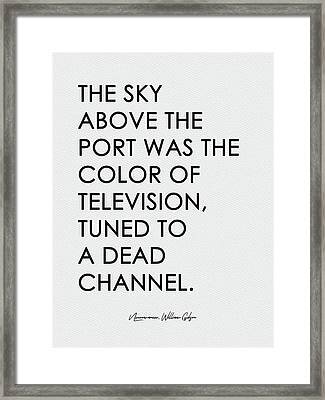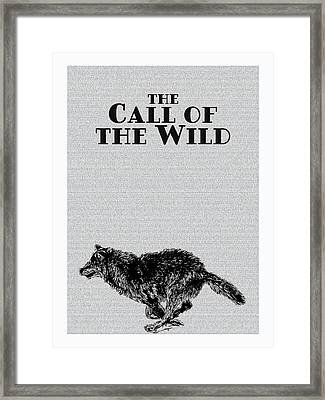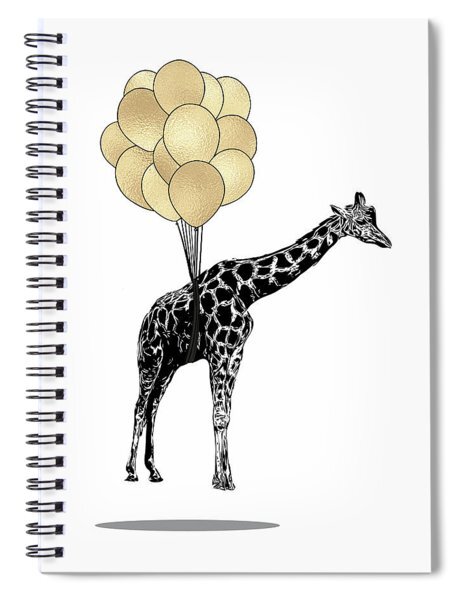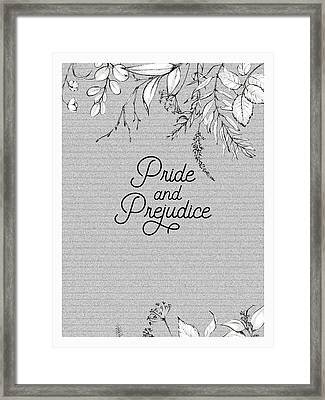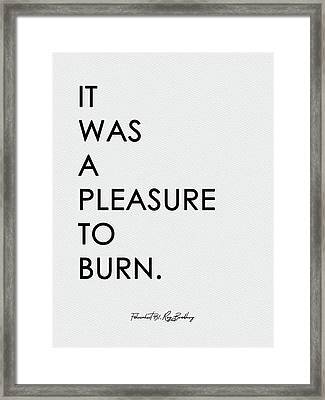Key Elements of the Perfect Logline
What is a logline and why do you have to have one?
In simple terms, a logline is your super condensed answer when people ask what your movie is about. Your elevator pitch. Those quick descriptions in your TV’s menu guide for movies or shows. A logline is one to two sentences that describe your story and immediately hooks the reader. It’s the premise, the world, the character, the conflict, the struggle, the goal, and the stakes – all presented in 25 words or less.
No problem, right? The truth is, loglines are a bitch to write. Writers by nature are wordy. We like to talk, we like to stretch a story, we could go on and on like this sentence, so asking us to boil down 120 pages into a few words just seems like some form of sadism.
Beyond the fact that you must present a logline with any query or submission, they are also a good judge of story before you even sit down to write “Fade In:”. If you have a solid grasp on the core elements of your story and that one sentence is compelling and interesting and intriguing, you know you’ve got a great story moving forward. If it’s too complex to be told or you can’t grab their attention in those few words, you won’t get it in 120 pages either.
“IF A PERSON CAN TELL ME THE IDEA IN TWENTY-FIVE WORDS OR LESS, IT’S GOING TO MAKE A PRETTY GOOD MOVIE.”
So, what are the key elements of a logline?
In a SETTING, a PROTAGONIST has a GOAL and to get it, he or she must face an OBSTACLE in their path or risk WHAT’S AT STAKE.
Every logline should include these elements. This is the foundation of your story. The backbone.
SETTING
When and where does the story take place?
In 20th century colonial Kenya, a Danish baroness/plantation owner has a passionate love affair with a free-spirited big game hunter. (Out of Africa)
The adventures of high school and junior high students on the last day of school in May 1976. (Dazed and Confused)
In the bleak days of the Cold War, espionage veteran George Smiley is forced out of semi-retirement to uncover a Soviet Agent within M16’s echelons. (Tinker, Tailor Soldier, Spy)
PROTAGONIST
Whose story is it?
Who is your flawed hero? What are their strengths or weaknesses? Is their job of importance? Use an adjective to give more descriptive depth.
What is the hero’s failing? Does he lack courage or compassion? What sort of opportunity is there for emotional growth?
A Vietnam Veteran uses his combat skills against the lawman of a small town when they arrest and abuse him. (Rambo: First Blood)
After a wild Vegas Buck’s Party, a dysfunctional bunch of guys wakes with no memory of last night, a tiger in the bathroom, and no groom. (The Hangover)
Katniss Everdeen voluntarily takes her younger sister’s place in the Hunger Games: a televised competition in which two teenagers from each of the twelve Districts of Panem are chosen at random to fight to the death. (The Hunger Games)
GOAL
What do they want? Your goal should be a concrete need. This is what drives your story.
A dashing archaeologist must reunite with the ex he dumped if he is to beat the Nazis to find the all-powerful lost Ark of the Covenant. (Raiders of the Lost Ark)
In a future where criminals are arrested before the crime occurs, a despondent cop struggles on the lam to prove his innocence for a murder he has not yet committed. (Minority Report)
Will Hunting, a janitor at M.I.T., has a gift for mathematics, but needs help from a psychologist to find direction in his life. (Good Will Hunting)
OBSTACLE
What’s stopping them from getting it? Why will the goal be difficult to obtain? This is your conflict. It could be your antagonist or an internal or external struggle - the major difficulty or dilemma your protagonist faces or something they must learn or overcome to be able to grow.
Set in a dystopian future, a woman is forced to live as a concubine under a fundamentalist dictatorship. (The Handmaid’s Tale)
Number one NASCAR driver Ricky Bobby stays atop the heap thanks to a pact with his best friend and teammate, Cal Naughton, Jr. But when a French Formula One driver makes his way up the ladder, Ricky Bobby’s talent and devotion are put to the test. (Talladega Nights: The Ballad of Ricky Bobby)
A young, naive Hollywood studio assistant finally turns the tables on his incredibly abusive producer boss. (Swimming with Sharks)
STAKES
What’s at stake? What are the risks? What’s the protagonist’s motivation? What happens if the protagonist doesn’t achieve the goal? Is it life or death? Total world annihilation? Give the audience something to root for.
When a materialistic, womanizing Aryan industrialist discovers his Jewish workers are being sent to Nazi death camps, he risks his life and fortune to save them. (Schindler’s List)
An egotistical TV personality must relive the same day in small town Punxsutawney and be denied the girl of his dreams unless he can become more selfless. (Groundhog Day)
With his hand trapped under a boulder in a remote canyon, Aron Ralston, faces the greatest dilemma of his life: cut it off or die. (127 Hours)
As you can see, there are many ways to write a logline. Some elements are implied and not stated outright yet are still fully understood by the reader. Waterworld is a good example of this:
In a future where the polar ice caps have melted and Earth is almost entirely submerged (SETTING), a mutated mariner (PROTAGONIST) fights starvation and outlaw “smokers” (OBSTACLES), and reluctantly helps a woman and young girl try to find dry land (GOAL). Death is implied as WHAT’S AT STAKE.
Practice writing loglines for movies you’re familiar with, then look them up to see how close you are. Stick to the one sentence, 25-word rule. This is also a great exercise for editing and forcing yourself to focus solely on what matters using selective words to tell the story in the most imaginative and evocative way possible.
Keep it short, sweet, and tell the entire story. Except the ending. Just like an audience rooting for your hero or wanting to know what happens next, your logline should keep the reader on the hook so they have to know the ending.
When you think you’ve written the perfect logline for your script, run it by a few objective people – not your mamas or BFFs or significant others. Do they understand the story? Do they want to see it? Do they want to know what happens? If they do, you’re on the right track. If not, go back and see what’s not working. Rewrite your logline. If it still isn’t working quite right, that’s a good gauge that there’s an issue with the story itself.
Readers have stacks and stacks of scripts and queries and treatments to go through. You need to stand out, grab them, and force them to want to read your script right then. Making sure you have all the key elements in an engaging, interesting logline will do just that.


